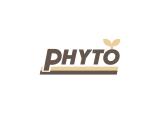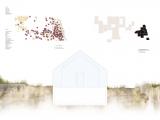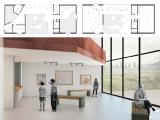

ARCH 311/ Spring 2011
In addition to the investigation of program and form, the Landform Workshop project also represents an examination of pattern, computational tools, and the role of each within the design process. In designing the landscape, students were required to use a geometric pattern as a generative tool and to produce a final design using computational methods such as parametric modeling or scripting to manipulate the site. Topography is the only material available to create form and programmed exterior spaces. While the final project is the result of these tools and techniques, it retains a high level of intentionality. Rather than using a homogeneous pattern to generate a series of identical spaces, computational methods were used to create a pattern that, while still repetitive in some ways, exhibits areas of high and low density that ultimately led to the formation and design of unique, differentiated spaces within the larger, overall design. Required parameters include angle of repose, accessible slopes, sight lines, and the operating range and capacities of selected earthmoving equipment - the tools for making landscape.
Follow the College of Architecture





